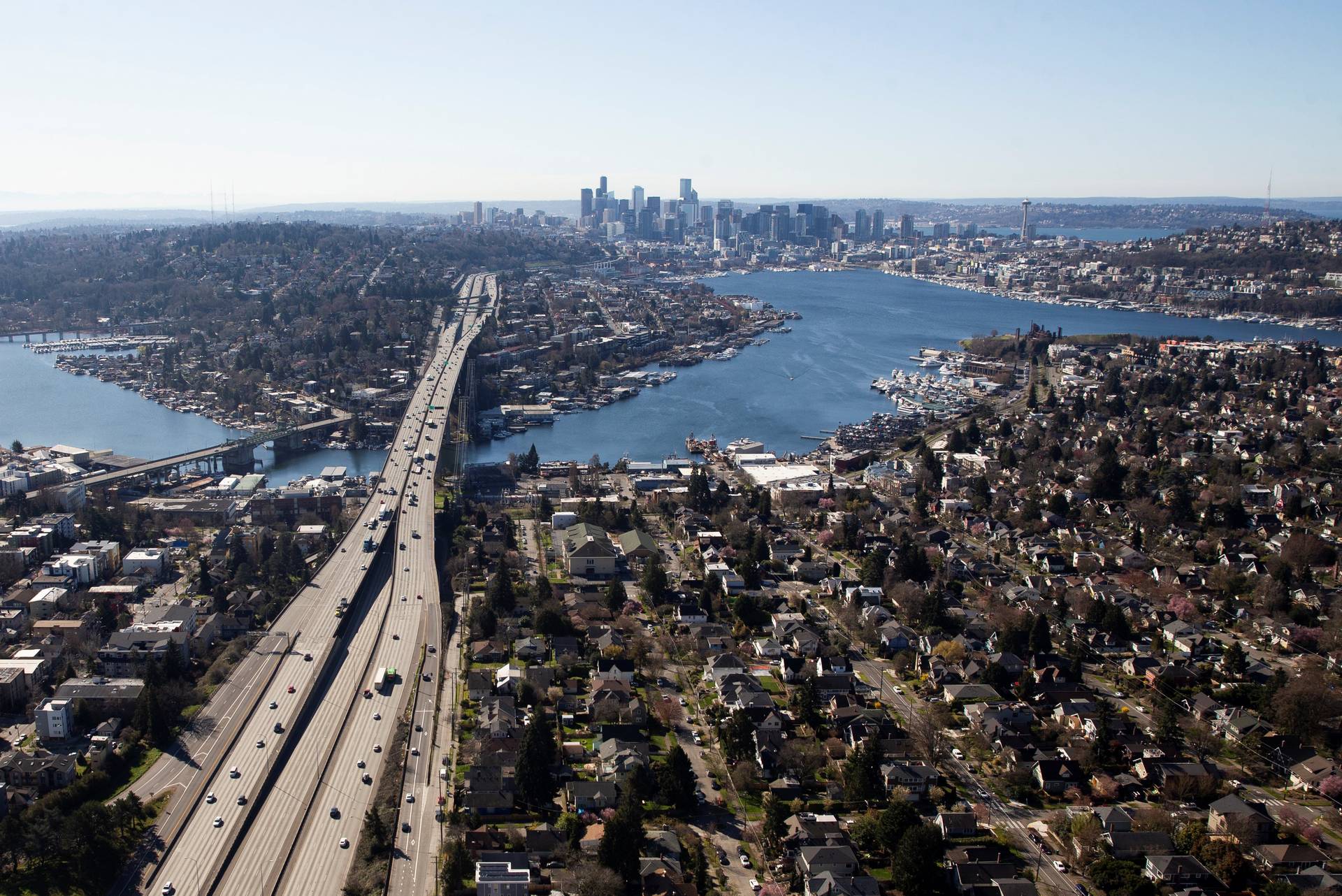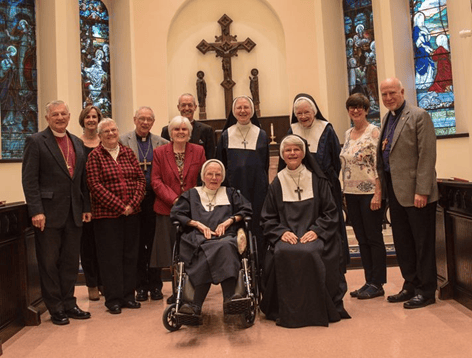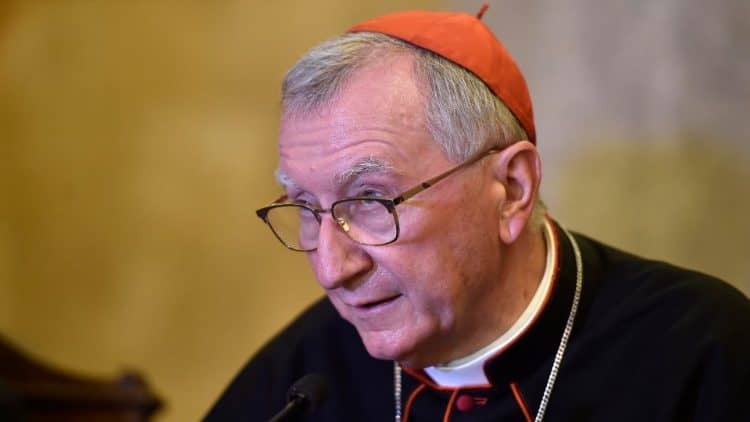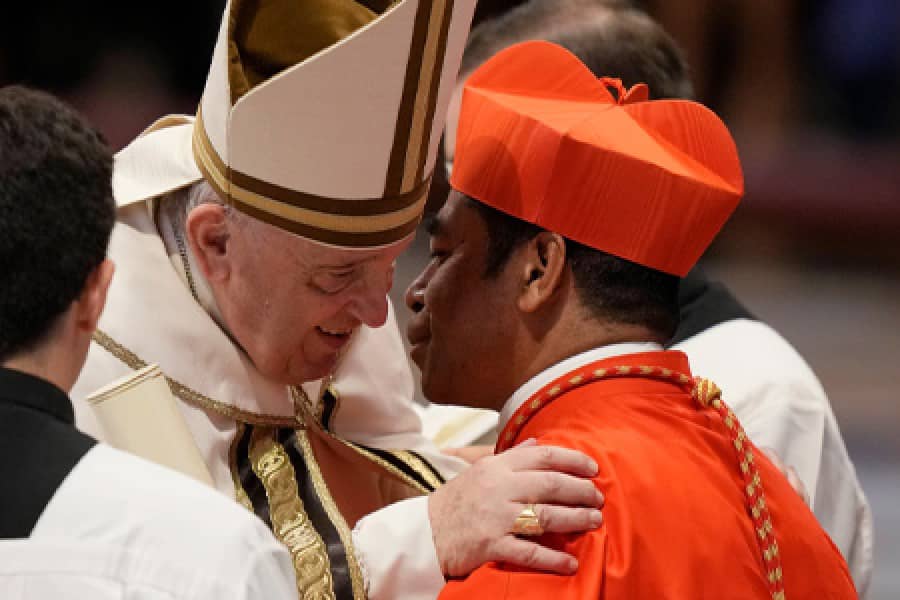President Donald Trump has threatened militarizing the 1,954 miles-long border with Mexico, and Catholic leaders on both sides are speaking out against the plan. The Mexican bishops went as far as saying that the United States risked killing Jesus again.
“It’s highly risky for our Mexican and Latin American people, to have a semi-militarized border. #JesusChrist #migrant, can be executed again trying to cross through the #border,” says the Tweet, sent by the Mexican bishops’ conference on Thursday evening.
Even though it includes quotation marks, the phrase is not attributed to any bishop in particular, and at the moment this article was published, no further statement had been issued by the Mexican Church.
“Es altamente riesgoso para nuestra gente mexicana y latinoamericana, tener una frontera semi-militarizada. #Jesucristo #migrante, puede volver a ser ejecutado al intentar cruzar por la #frontera“
— CEM (@IglesiaMexico) April 6, 2018
In view of what they described as the “hostility” from the U.S., the diocese of Mexico City, headed by Cardinal Carlos Aguiar Retes, sent out a statement on Friday, criticizing Trump’s decision and applauding Mexico’s Executive and Legislative branches for “closing ranks.”
Though it still has to be approved, the Mexican Senate has called for the suspension of bilateral and anti-crime cooperation with the U.S. as long as Trump doesn’t “conduct himself with respect towards the nation,” says the diocesan statement. In addition, the Ministry of Interior has called for unity among Mexicans in “the face of attitudes, phrases or threats that show hostility towards the country.”
On the United States side of the border, bishops also reacted with criticism to Trump’s April 4 announcement that he would deploy National Guard troops to the border.
Like their Mexican peers, many went to Twitter to raise their voices. One of the first to do so was San Antonio Archbishop Gustavo Garcia-Siller, describing it as a “senseless action and a disgrace on the administration.”
The prelate then said that sending troops to the border manifests “repression, fear, a perception that everyone is an enemy, and a very clear message: We don’t care about anybody else. This is not the American spirit.”
Bishop Daniel Flores, of Brownsville, Texas, denied Trump’s assertion of a Central American “invasion” headed to the U.S.
“Migrants travel in numbers for self-protection against gangs,” he tweeted, adding: “Many Central Americans fleeing violence in their native country try to settle in Mexico. Central Americans have a right in U.S. law to apply for asylum.”
Flores’s message also included a link to a story by The Associated Press published in The Monitor, a newspaper of the Rio Grande Valley, on Mexico’s decision to grant humanitarian and transit visas to people in a caravan of Central American migrants. The article also stated that the procession of 1,000 or so migrants that drew criticism from Trump had begun to disperse.
Flores’s April 4 message was presumably a direct response to one that had been sent out by the U.S. president the day before:
The big Caravan of People from Honduras, now coming across Mexico and heading to our “Weak Laws” Border, had better be stopped before it gets there. Cash cow NAFTA is in play, as is foreign aid to Honduras and the countries that allow this to happen. Congress MUST ACT NOW!
— Donald J. Trump (@realDonaldTrump) April 3, 2018
In subsequent tweets, Trump renewed calls for his border wall and tougher immigration laws, warning about a “massive inflow of drugs and people” across the border.
Bishop Mark J. Seitz, of El Paso, also released a statement on April 4, echoing the sentiments of his peers, noting that the announcement comes in a week that “Christians continue to celebrate God’s mercy and Christ’s gift of peace to all humanity,” in reference to Easter, marked across most of the Christian world last Sunday.
“I am left with many questions to which there appear to be no reasonable answer. To what threat are the citizen soldiers of our powerful nation responding?” the prelate wrote.
Not pulling any punches, Seitz asked if America was reacting to “a ragtag group of Hondurans who are fleeing for their lives seeking refuge?” stating that the U.S. is in part to blame for the dire situation they find themselves in: They’re running away from a “nation controlled by narco-trafficking gangs flush with cash provided by our nation’s insatiable appetite for illegal drugs.
They’re not “invading,” he insisted, but “fleeing.” He asked if the U.S. has become so “fearful and hypocritical” that it expects a country such as Lebanon to accept refugees from Syria amounting to 30 percent of its total population, but refuses to accept a fraction of one percent of those running from the countries with the world’s highest homicide rates.
Two out of three people making their way through Mexico as part of the “caravan” that drew Trump’s attention have fled Honduras, a small Central American country that is seeing growing numbers of people escaping the nation’s high homicide rates, crippling corruption, increasing political persecution, and floundering economy.
Appealing to the heart of American parents, Seitz then wrote: “If you were a Honduran whose children were being raped and told that they would have to do the gang’s bidding or die, what would you do?”
The Diocese of El Paso’s Commission on Migration also sent out a statement criticizing the president’s decision, saying that it was “morally irresponsible and dangerously ineffective.”
The statement, signed by Seitz and the co-chairs of the committee, Lily Limon and Dylan Corbett, also said the action was “a hurtful attack on migrants, our welcoming border culture and our shared values as Americans.”
Catholic leaders are reacting to a memorandum signed by Trump about the border, which said that it “has now reached a point of crisis. The lawlessness that continues at our southern border is fundamentally incompatible with the safety, security, and sovereignty of the American people. My administration has no choice but to act.”
The memorandum offered no specifics about the number of troops that would be deployed or length of time they would be stationed along the border. However, a congressional aide reportedly told The Associated Press that lawmakers anticipate 300 to 1,200 troops will be deployed and that the cost was expected to be at least $60 million to $120 million a year.
Trump’s memorandum did say, however, that the president might ask the secretary of defense to support the work of the Department of Homeland Security in securing the border. This includes requesting the National Guard and taking “other necessary steps to stop the flow of deadly drugs and other contraband, gang members and other criminals, and illegal aliens into the country.”
“The security of the United States is imperiled by a drastic surge of illegal activity on the southern border,” the memorandum said.
Trump’s decision is not without precedent as it was a measure applied by the past two U.S. presidents, Barack Obama and George W. Bush.
In 2010, Obama sent 1,200 National Guard troops to the border in Operation Phalanx. The move, an attempt to beef up efforts against drug smuggling and illegal immigration, was supposed to be a year-long mission, but was extended until 2012, though the number of troops was scaled down.
In 2006, President George W. Bush ordered 6,000 troops to the border in Operation Jump Start, and they stayed there from May 2006 to July 2008. The mission was for purposes of enforcement of border security and construction of a border fence. However, due to legal restrictions for the U.S. military on the U.S./Mexico border, they weren’t involved in law enforcement activities.
Although some members of Congress have criticized Trump’s plan, calling it a political move and a waste of military resources, the Republican governors of Texas, Arizona and New Mexico — all states that border Mexico — have supported it.
For instance, Arizona Governor Doug Ducey tweeted April 4: “Arizona welcomes the deployment of National Guard to the border. Washington has ignored this issue for too long and help is needed. For Arizona, it’s all about public safety.”
The El Paso diocesan commission’s statement called the deployment of armed soldiers in their communities “irresponsible,” noting that the undocumented men and women who make up the border community already “go through daily existence trapped between checkpoints and failed laws.”
Instead, it stressed “working together to address the dehumanizing poverty and insecurity in our sister countries in Latin America and around the world” to resolve root causes that drive migration and finding a way to “end the hopelessness in our communities that fuels our nation’s addiction to drugs, which deals only death and destruction to the people of our continent.”
















